Wildfires and volcanic ash glow in Nasa’s aerosol Earth map
California’s forest fires and vehicle emissions are highlighted in strong reds
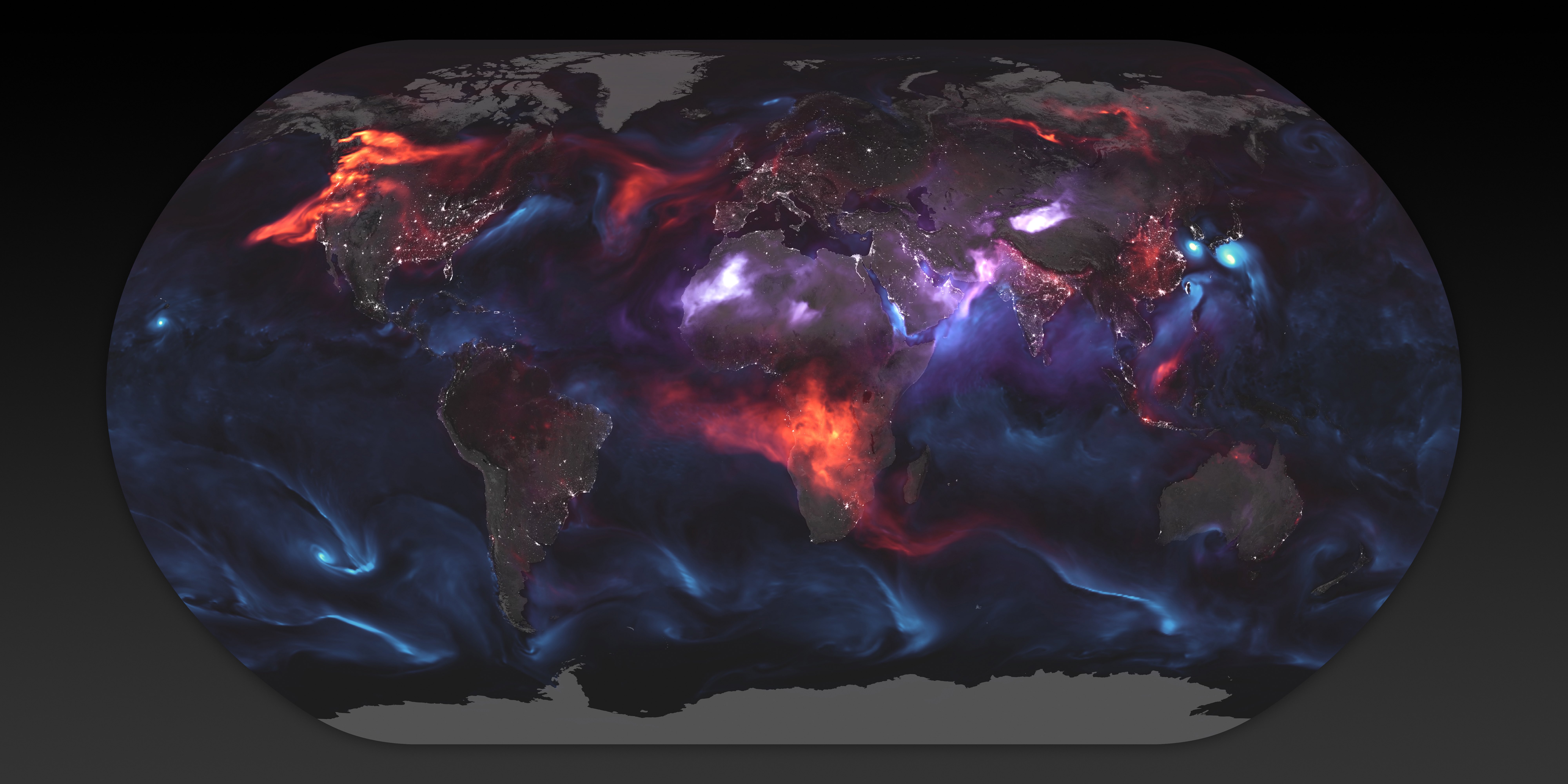
Nasa has released a visual image of how particles emitted from natural events such as wildfires and erupting volcanoes affect the Earth’s atmosphere.
The US space agency has used satellite imagery and ground sensors to plot the movement of “millions of unseen particles swirling throughout the skies”, the Daily Mail reports.
These particles, which Nasa calls aerosols, take the form of both liquid and solid emissions that are “suspended in the atmosphere”, the newspaper says.
The Week
Escape your echo chamber. Get the facts behind the news, plus analysis from multiple perspectives.

Sign up for The Week's Free Newsletters
From our morning news briefing to a weekly Good News Newsletter, get the best of The Week delivered directly to your inbox.
From our morning news briefing to a weekly Good News Newsletter, get the best of The Week delivered directly to your inbox.
According to Engadget, the aerosol Earth map [pictured top] highlights black carbon emissions in red. These particles can be emitted by wildfires, which may be why there’s a high concentration of them over California after this year’s forest fires.
Meanwhile corrosive sea salt particles “lofted by storms” are shown in blue and dust is marked in purple, the tech site says.
Aerosols highlighted in the image fly “high above our heads” and are often invisible, says the tech news site BGR.
People underneath the aerosol clouds are unlikely to inhale anything harmful but the website says the potentially hazardous materials “have to come down somewhere”. Weather patterns often push aerosols closer to the ground, which pollutes air quality. This can cause respiratory problems for some people.
A free daily email with the biggest news stories of the day – and the best features from TheWeek.com
Most of the particles appear to be released through natural events beyond our control, but Nasa says that some of the black carbon emissions are caused by human activity.
For instance, the clouds of carbon above Africa are mostly caused by farmers lighting numerous small fires to maintain their crops, the space agency says.
Carbon aerosols are also a common byproduct of vehicle emissions and the manufacturing industry.
-
 Political cartoons for December 6
Political cartoons for December 6Cartoons Saturday’s political cartoons include a pardon for Hernandez, word of the year, and more
-
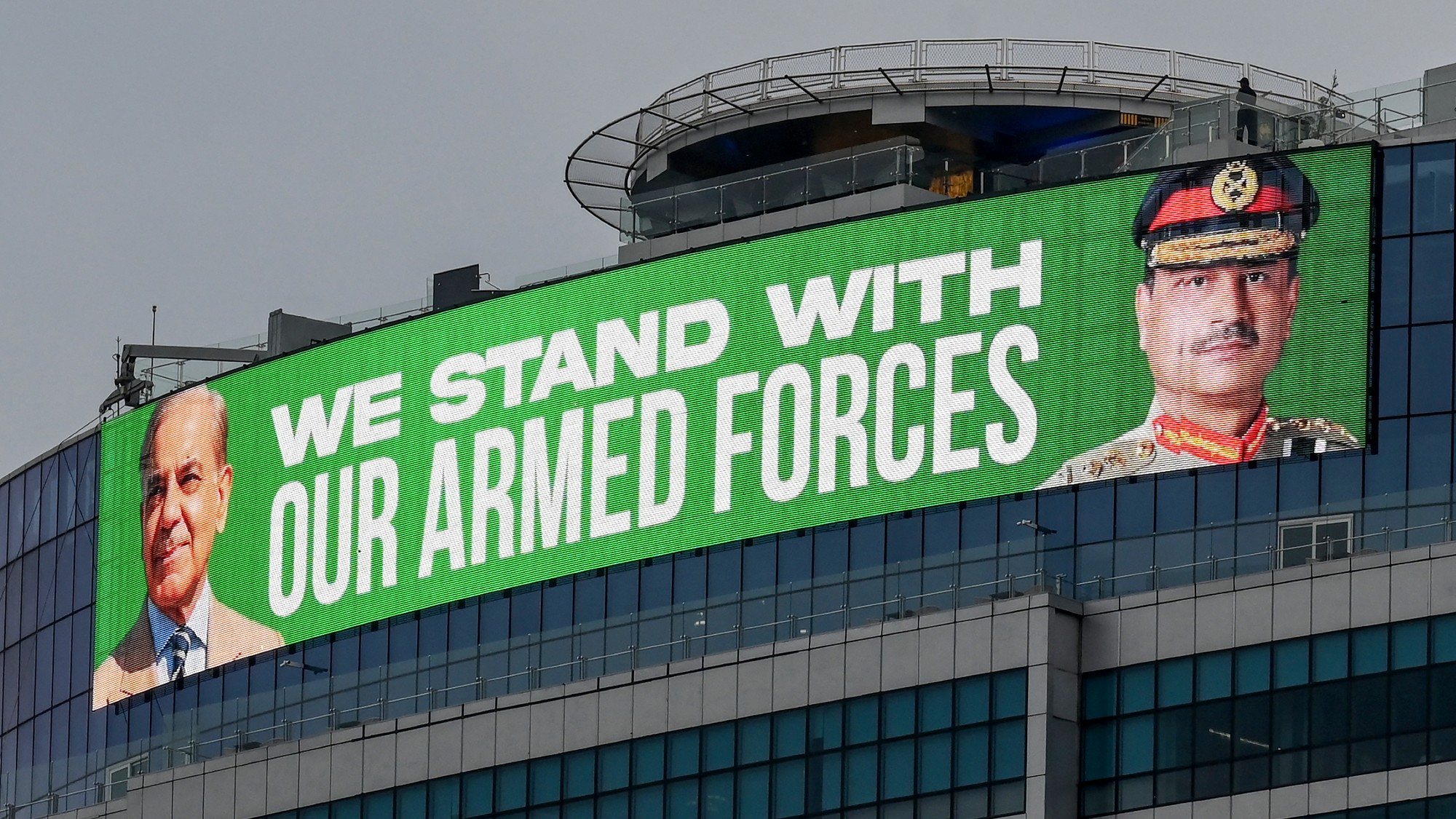 Pakistan: Trump’s ‘favourite field marshal’ takes charge
Pakistan: Trump’s ‘favourite field marshal’ takes chargeIn the Spotlight Asim Munir’s control over all three branches of Pakistan’s military gives him ‘sweeping powers’ – and almost unlimited freedom to use them
-
 Codeword: December 6, 2025
Codeword: December 6, 2025The daily codeword puzzle from The Week
-
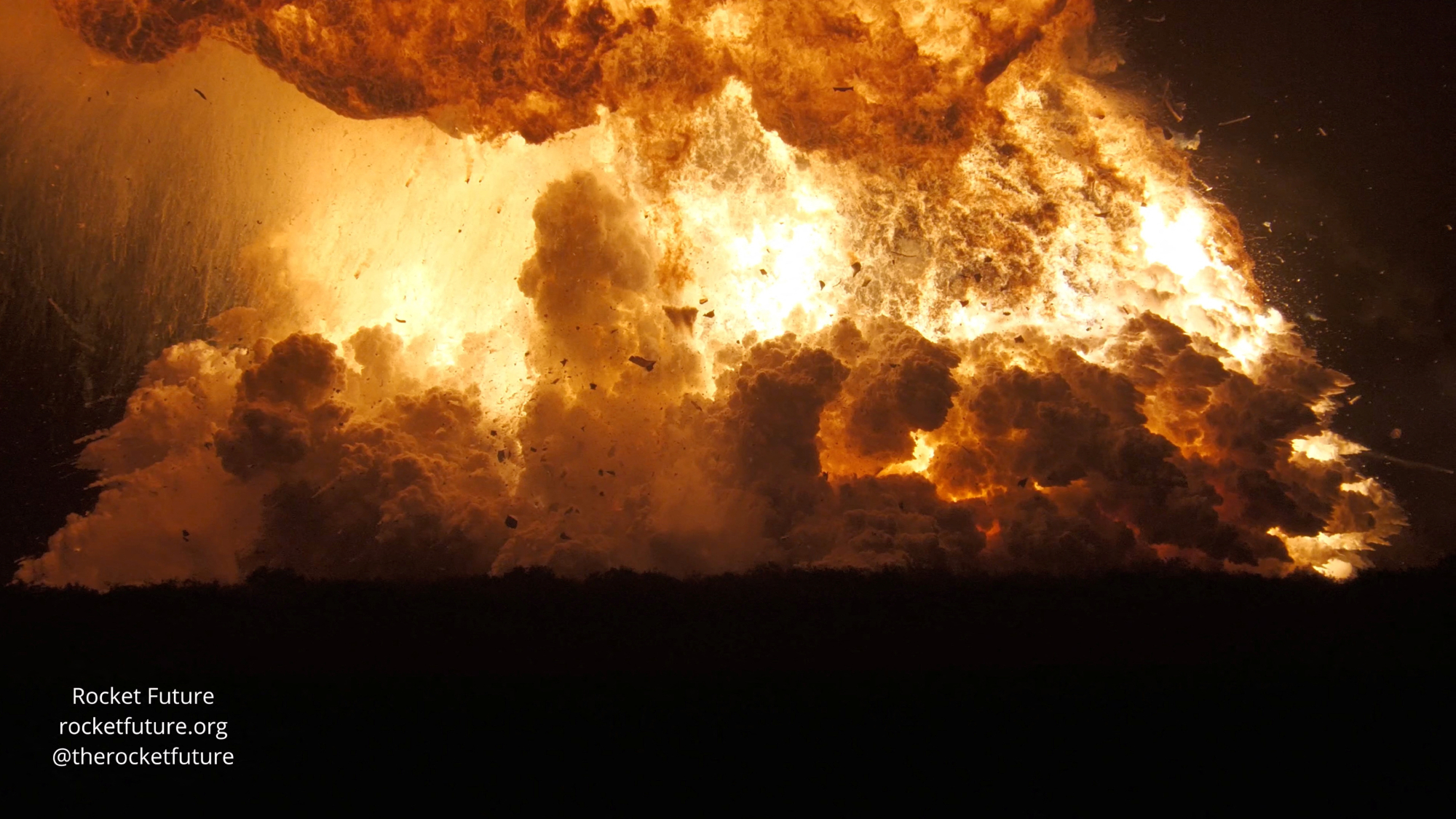 Another Starship blast sets back Musk's Mars hopes
Another Starship blast sets back Musk's Mars hopesSpeed Read Nobody was killed in the explosion, which occurred in south Texas
-
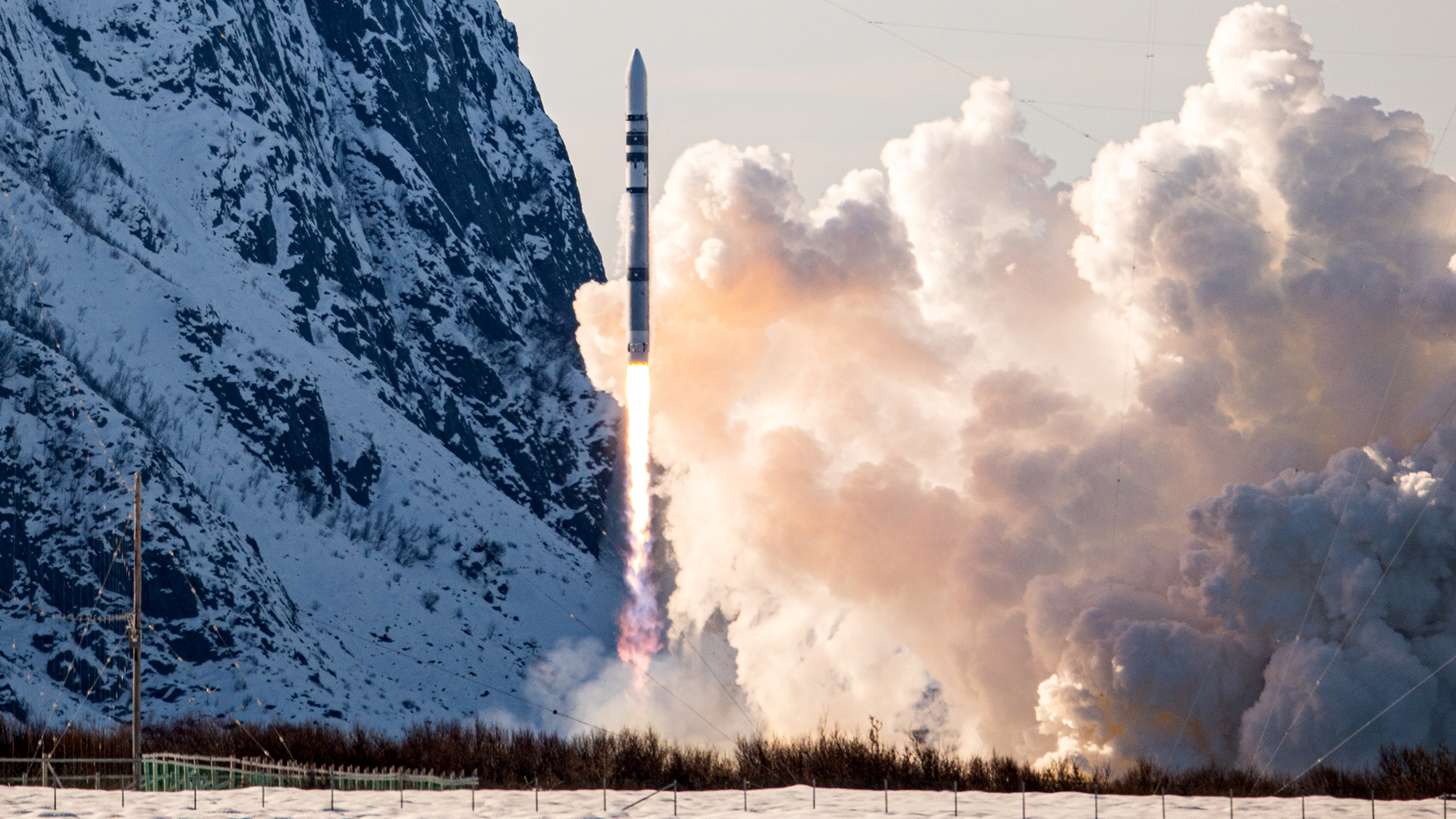 Test flight of orbital rocket from Europe explodes
Test flight of orbital rocket from Europe explodesSpeed Read Isar Aerospace conducted the first test flight of the Spectrum orbital rocket, which crashed after takeoff
-
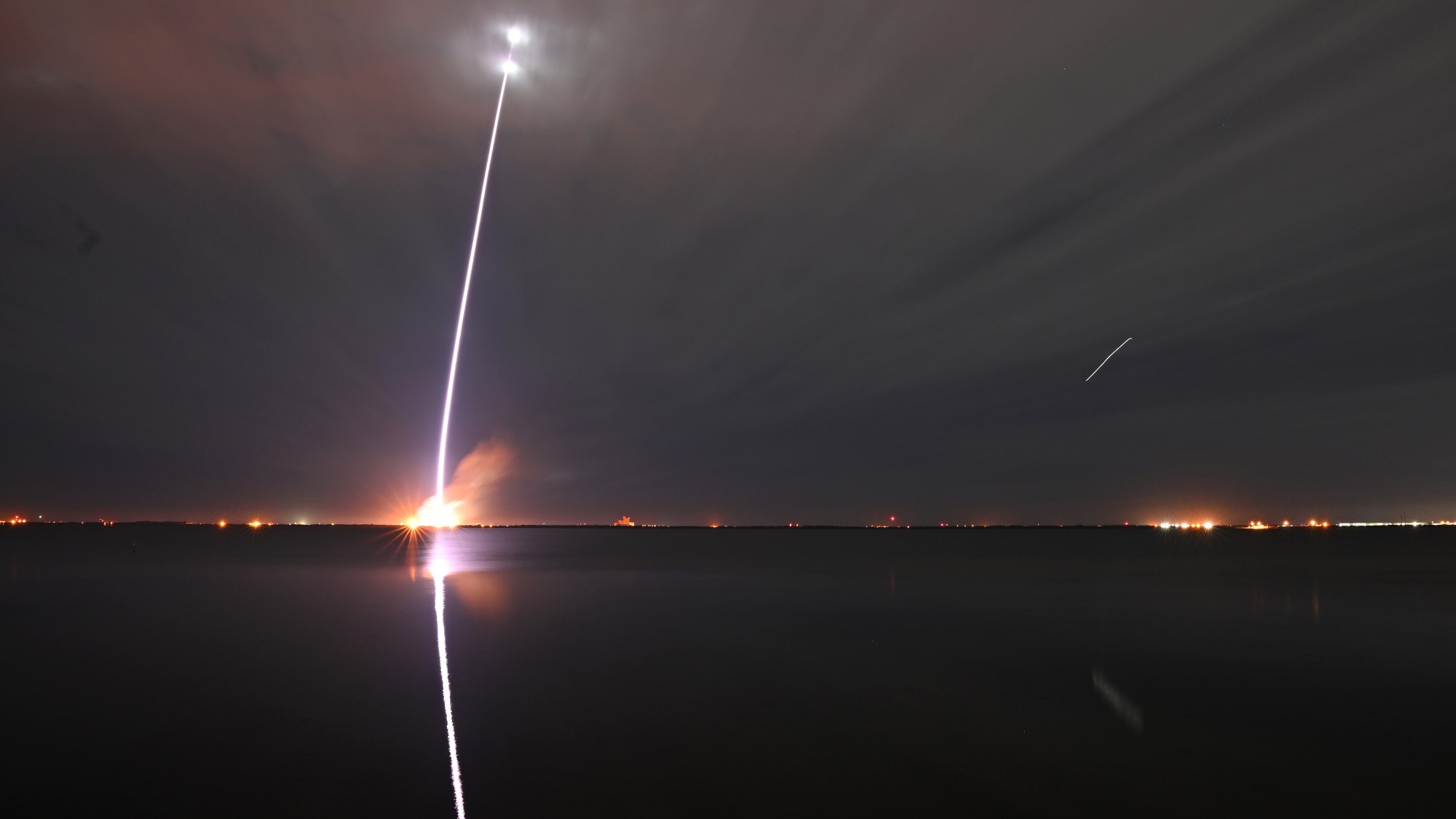 Jeff Bezos, Elon Musk and the billionaire space race
Jeff Bezos, Elon Musk and the billionaire space raceThe Explainer Tesla CEO and Amazon founder vie for dominance of satellite launch market and could influence Nasa plans to return to Moon
-
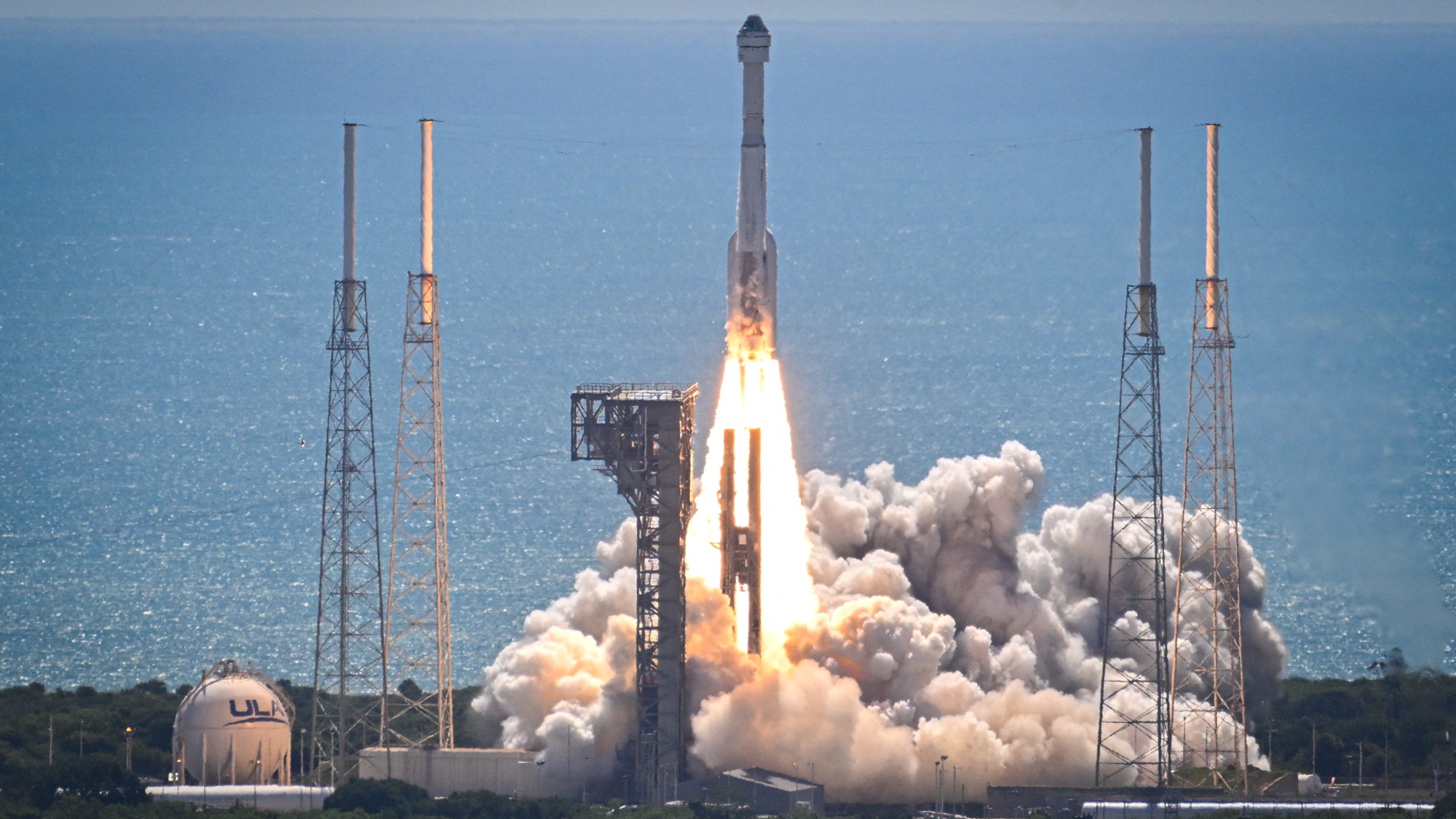 Starliner: What went wrong?
Starliner: What went wrong?Today's Big Question Boeing spacecraft has had a 'long, difficult road'
-
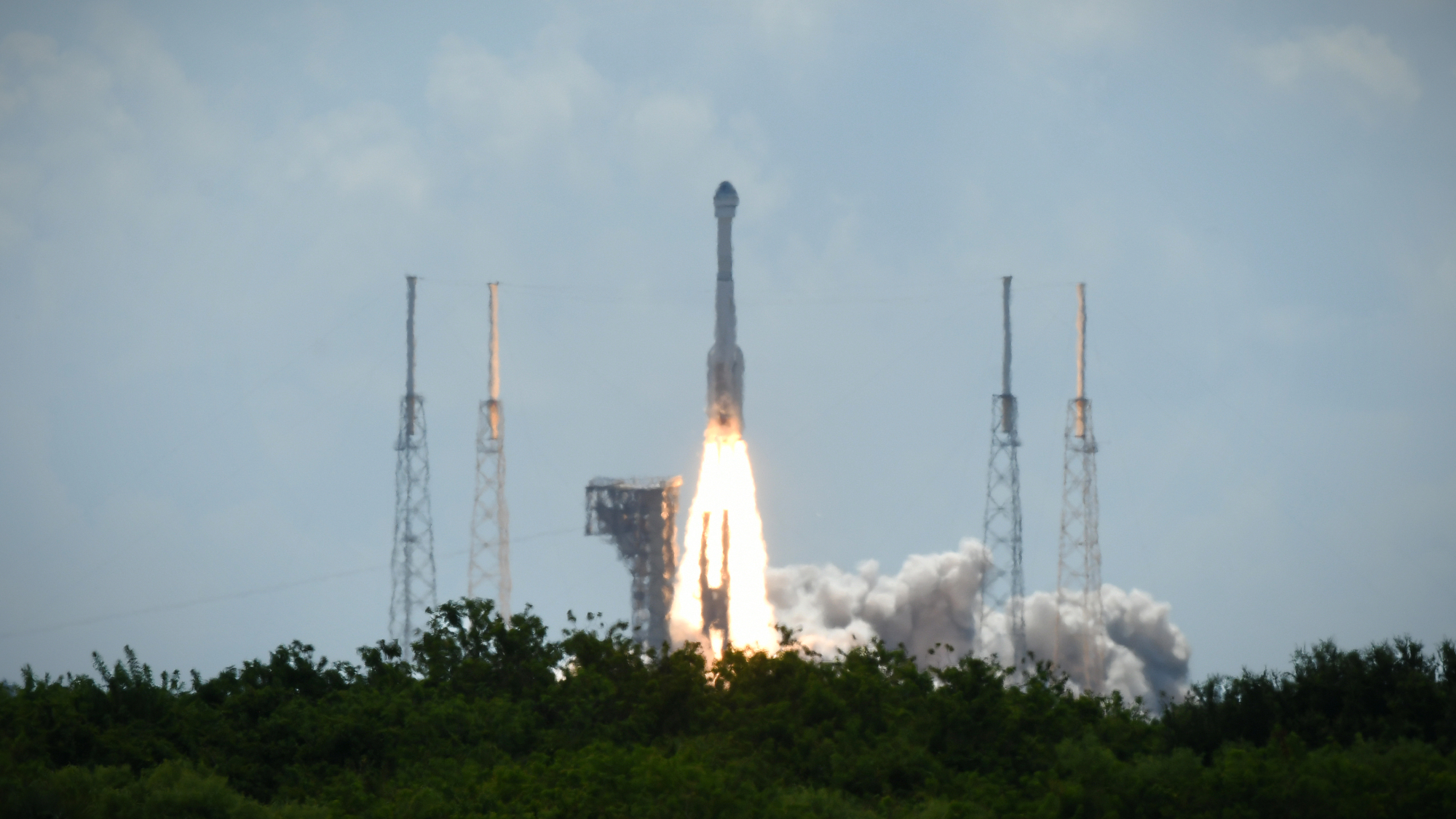 Boeing, SpaceX successfully test key rockets
Boeing, SpaceX successfully test key rocketsSpeed Read Boeing’s Starliner docked at the ISS and SpaceX completed its fourth test launch of its Starship spacecraft
-
 Nasa reveals first findings from asteroid that could explain origins of life
Nasa reveals first findings from asteroid that could explain origins of lifeSpeed Read Sample from Bennu has been found to contain an abundance of water and carbon
-
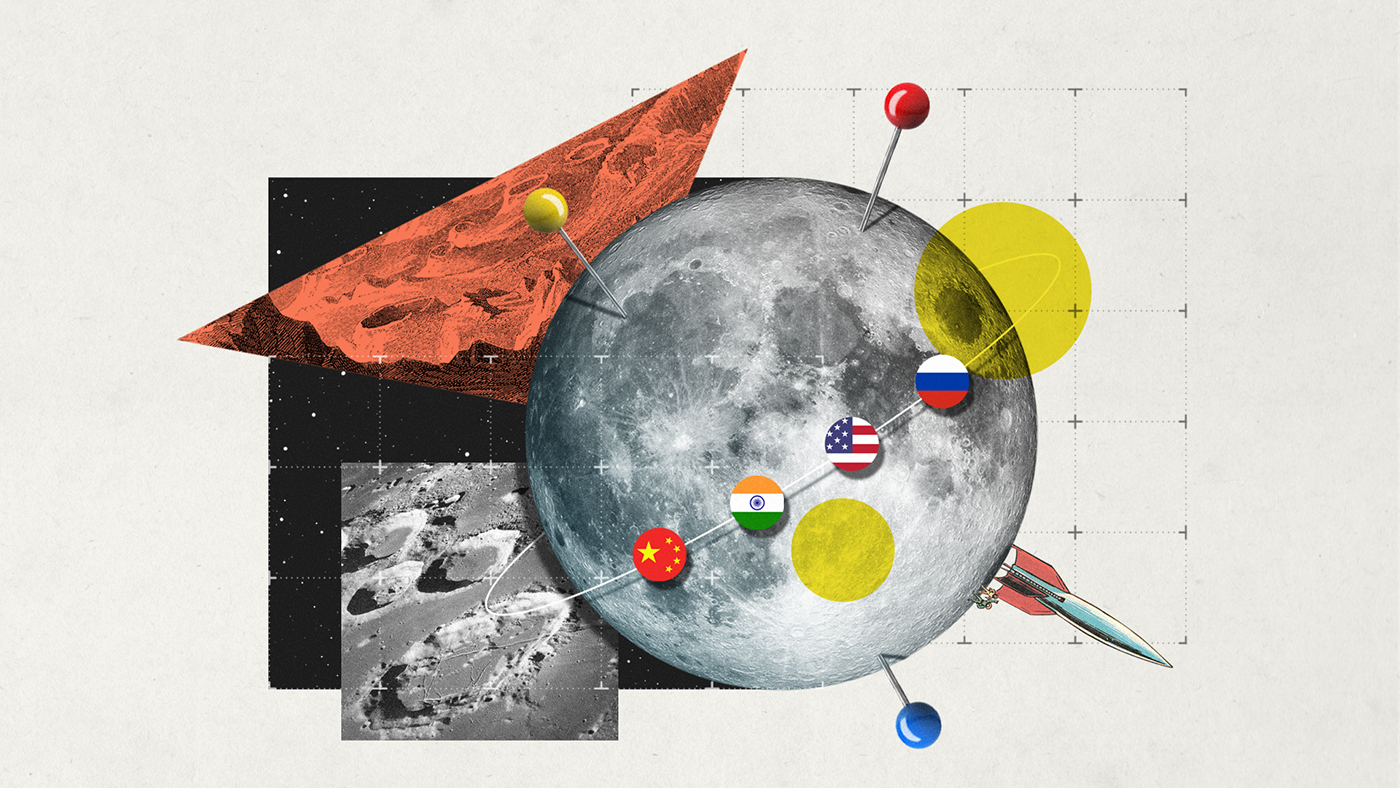 Dark side of the Moon: will the race to lunar South Pole spark conflict?
Dark side of the Moon: will the race to lunar South Pole spark conflict?Today's Big Question Russia and India are competing for the ‘new lunar gold’ – but real contest will be between the US and China
-
 How worried we should be about space debris
How worried we should be about space debrisfeature As part of a rocket washes up in Australia scientists warn ‘critical mass’ of orbital junk could only be decades away